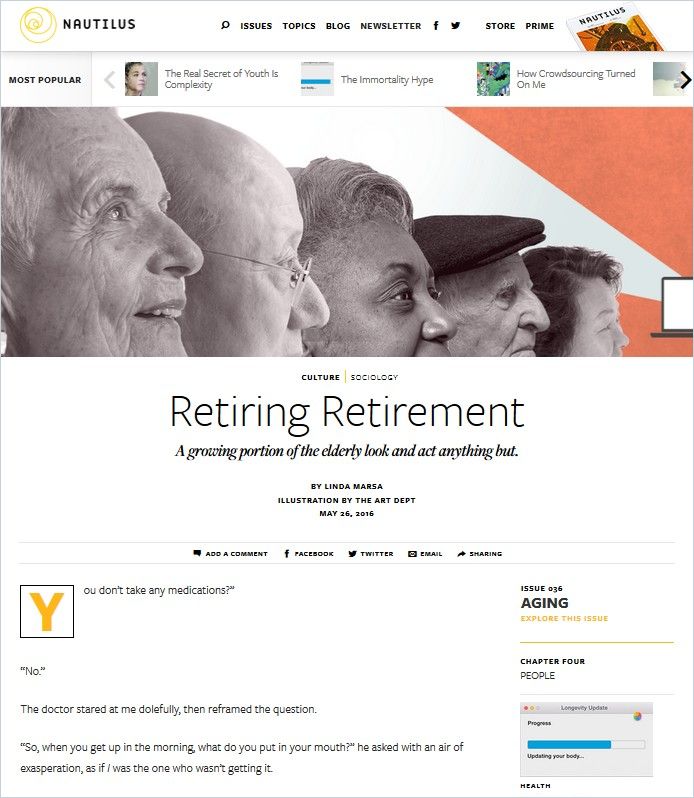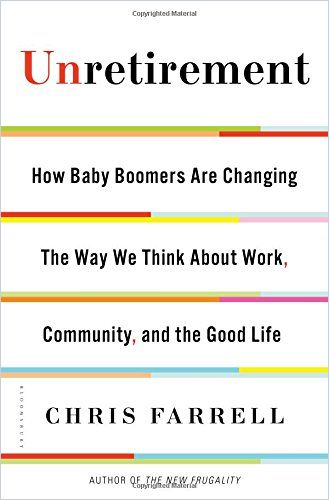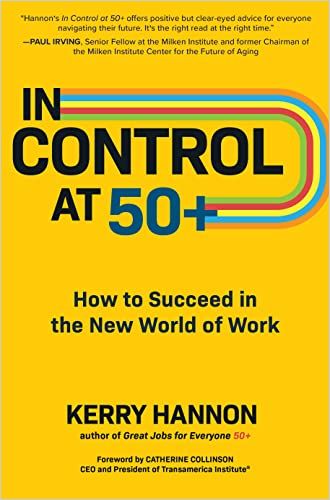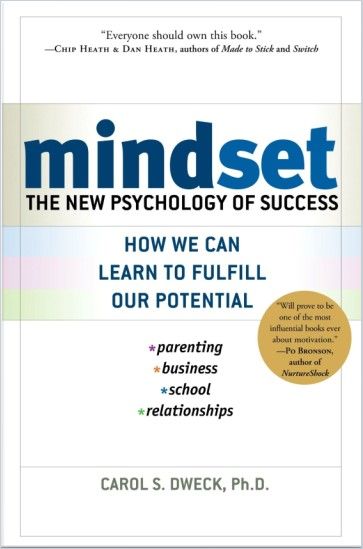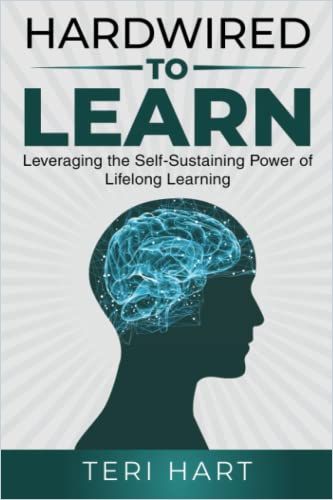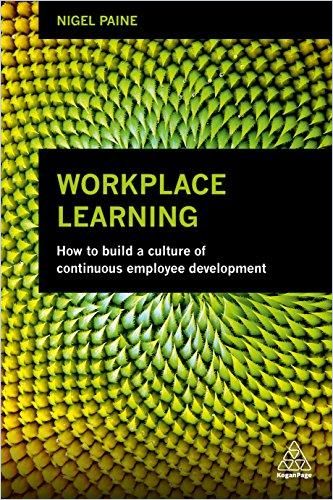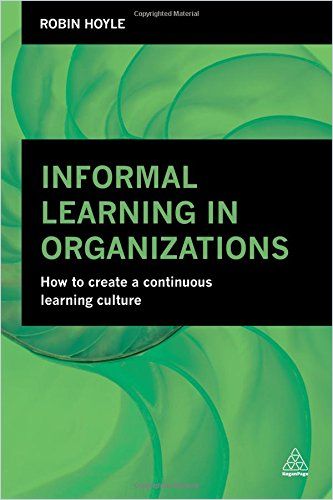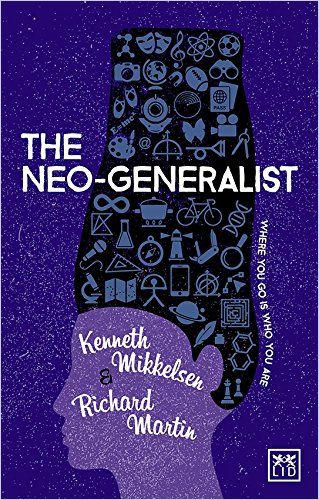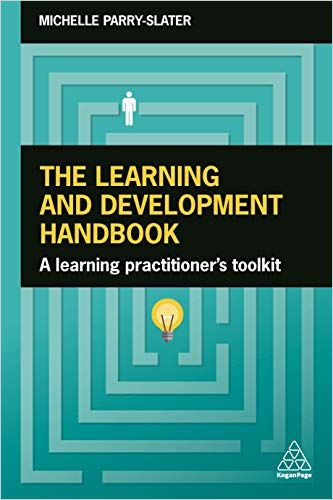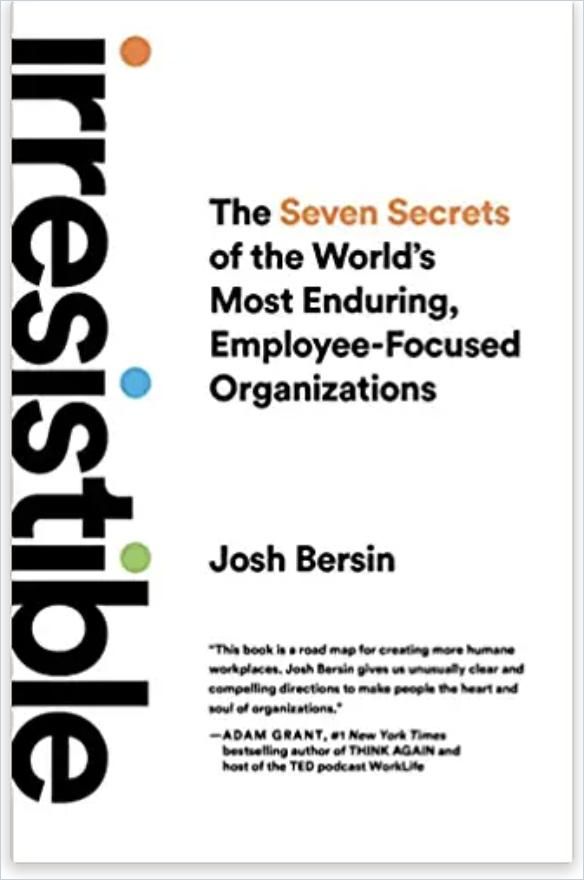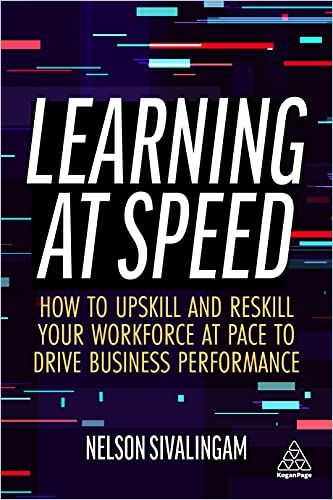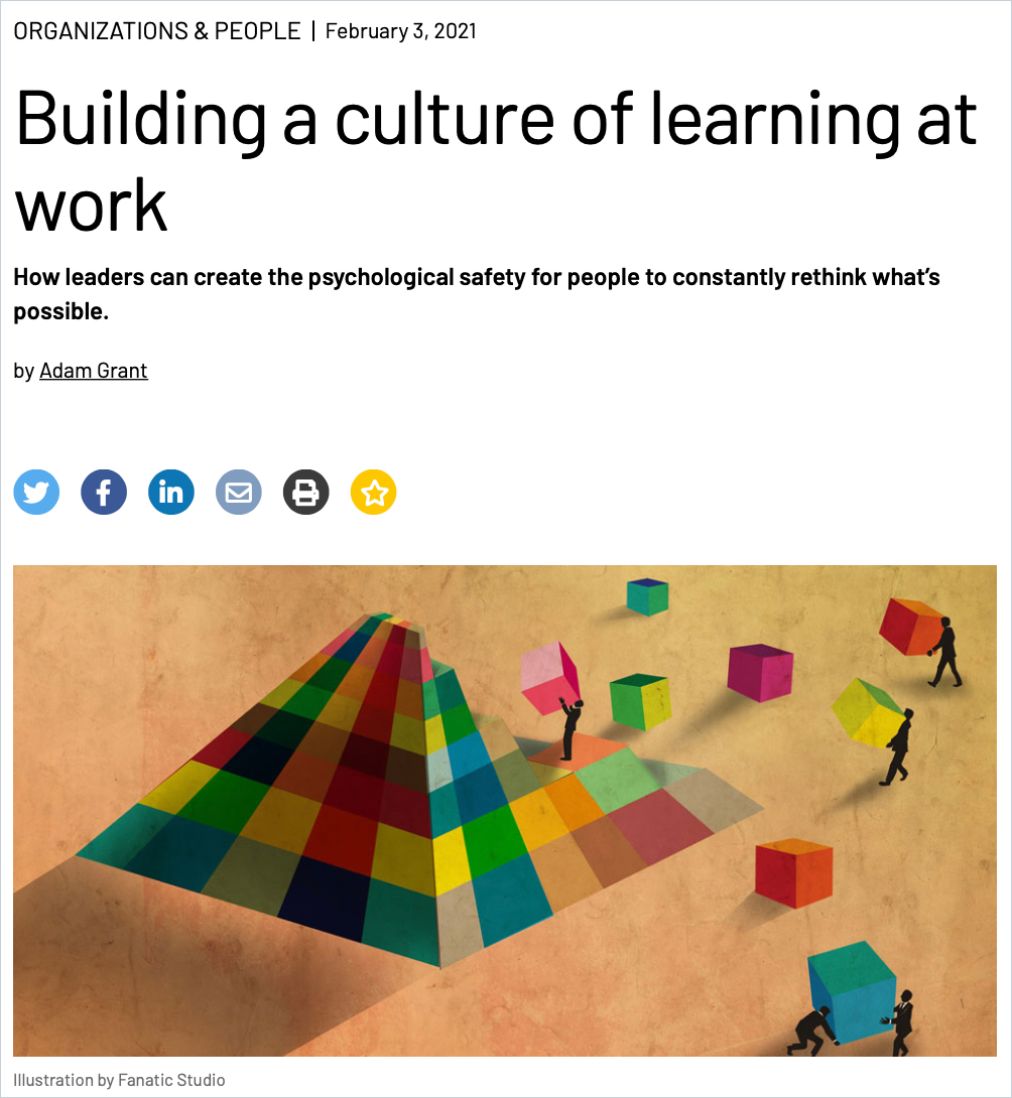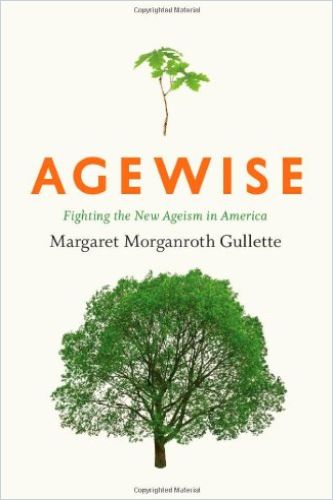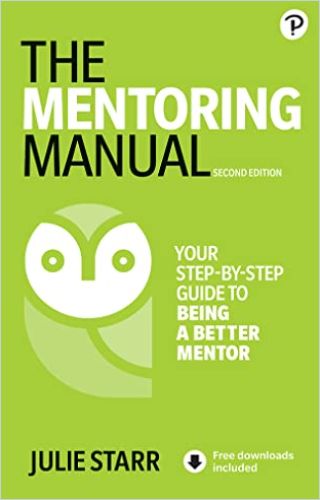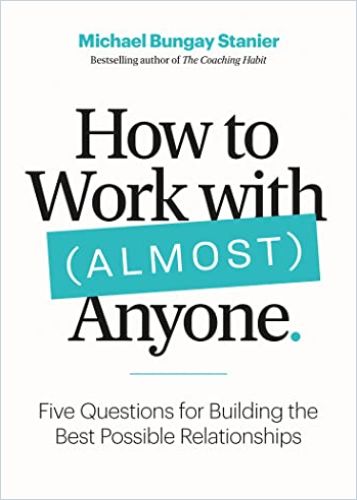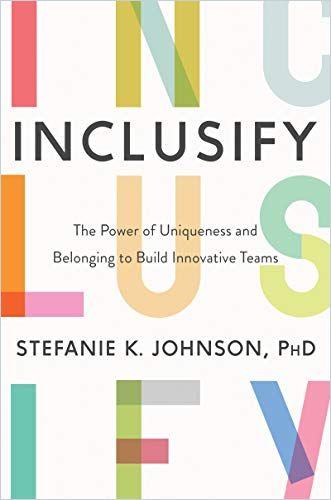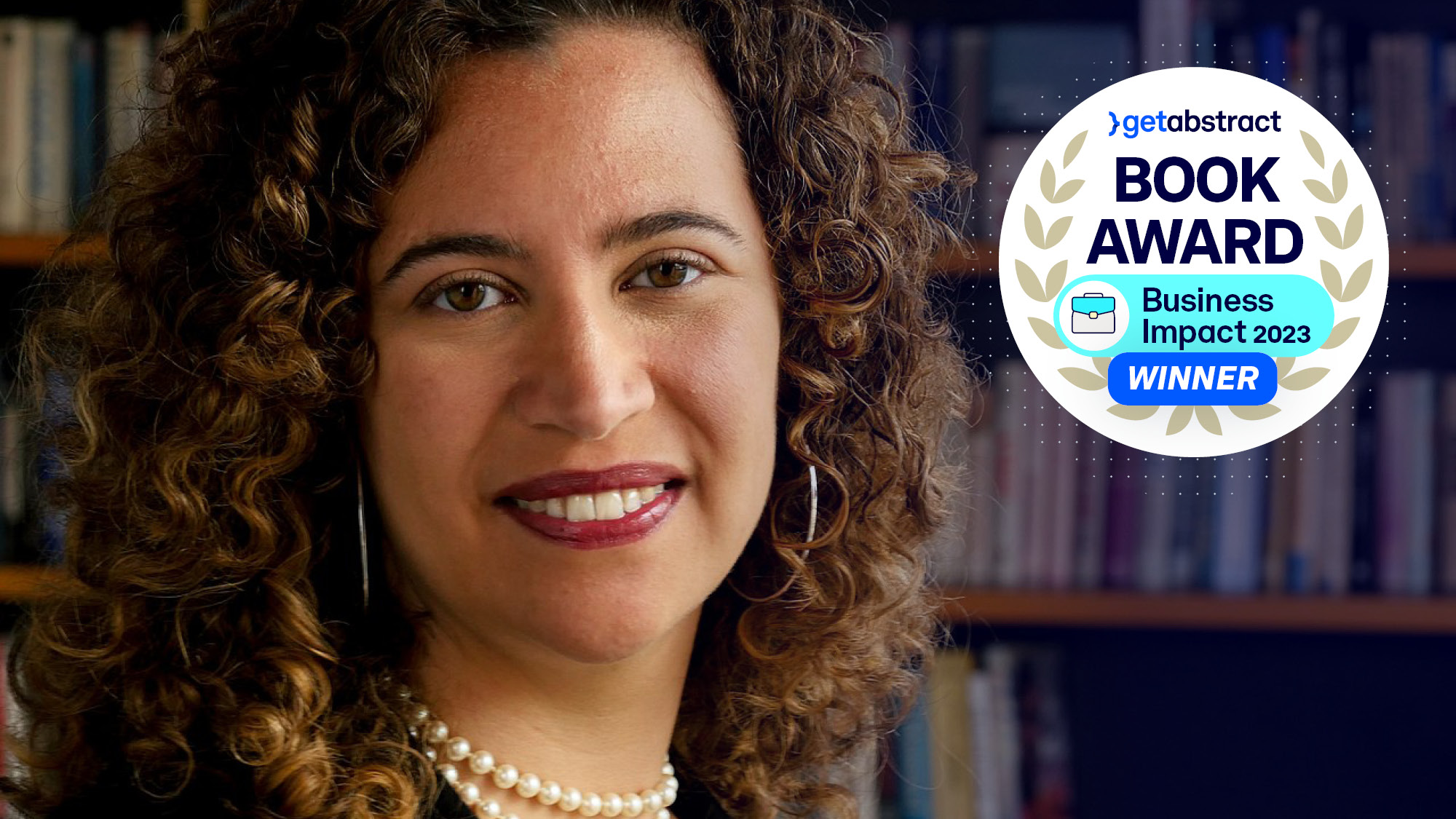How to Engage Older Employees in Learning Initiatives

The proportion of employees over the age of 50 continues to grow. In the US, for example, a quarter of the workforce will be 55 or above by 2024, according to a U.S. Department of Labor estimate.
Talent shortages and an increasing reliance on the contribution of senior employees have made it essential for companies to encourage their aging workforce to stay engaged and reskill when necessary.
Moreover, a 2023 research study found that organizations that actively encourage older workers to learn and develop are more likely to be able to retain workers beyond retirement age. (For more on successful second acts, read Caryn Hunt’s How-to Guide, How to Reinvent Yourself.)
However, older adults often perceive the need to reskill or upskill as a challenge rather than an opportunity. Or, they feel that their company’s learning offerings are geared towards younger employees – with new learning technologies sometimes acting as a barrier. To unlock the potential of an aging workforce, L&D departments must tailor their offerings to address the specific needs of older workers.
Some companies have developed training programs specifically designed to benefit from the continued contribution of older workers. Goldman Sachs, for example, introduced a “returnship” program for retirees who want to return to the workforce. The hotel chain Marriott, meanwhile, is reskilling older employees for positions that are less physically demanding.
Attracting older employees to participate in programs specifically designed for them is one thing – motivating them to enroll in training initiatives that are – at least on paper – age-neutral is quite another. Here are a few best practices for building a more age-inclusive learning organization.
Promote a Learning Culture
Cultivating a culture of employee growth starts from the top. Companies must foster a growth mindset by reinforcing the message that people can learn and develop their abilities at any age. Learning organizations recognize and reward all kinds of learning, whether it takes the form of formal training, on-the-job experiences, brainstorming sessions, job rotations, collaborative problem-solving or individual creativity.
Recognizing and rewarding effort and improvement, rather than just end results, can motivate employees to embrace challenges and see setbacks as opportunities for growth. By creating an environment where learning and development are valued and encouraged, companies can empower their employees to cultivate a growth mindset, regardless of their age or experience level.
Offer Different Training Formats
People have different learning preferences at different stages of their lives and careers. Some may prefer self-paced online learning, while others find in-person courses more motivating and effective. Also, give people the option of printing out learning material, as not everybody likes to read on a screen.
Additionally, consider informal learning opportunities, such as job-swapping and temporary assignments. As Robin Hoyle explains in Informal Learning in Organizations, learning is not restricted to classrooms or high-tech e-learning environments. Informal learning takes place anywhere, among all employees, in every format, at any step of a process and all the time. Companies can channel these efforts and make them visible. Hoyle recommends that managers actively promote informal learning, reward people who help their colleagues develop, and acknowledge people for their learning efforts in performance reviews.
Moreover, consider each person’s development needs irrespective of their age. Personalize learning as much as possible. Emerging AI technology will help in this process. As Nelson Sivalingam explains, AI-powered learning platforms with access to both internal and external data will increasingly be able to tailor training to each individual’s expertise and learning preferences.
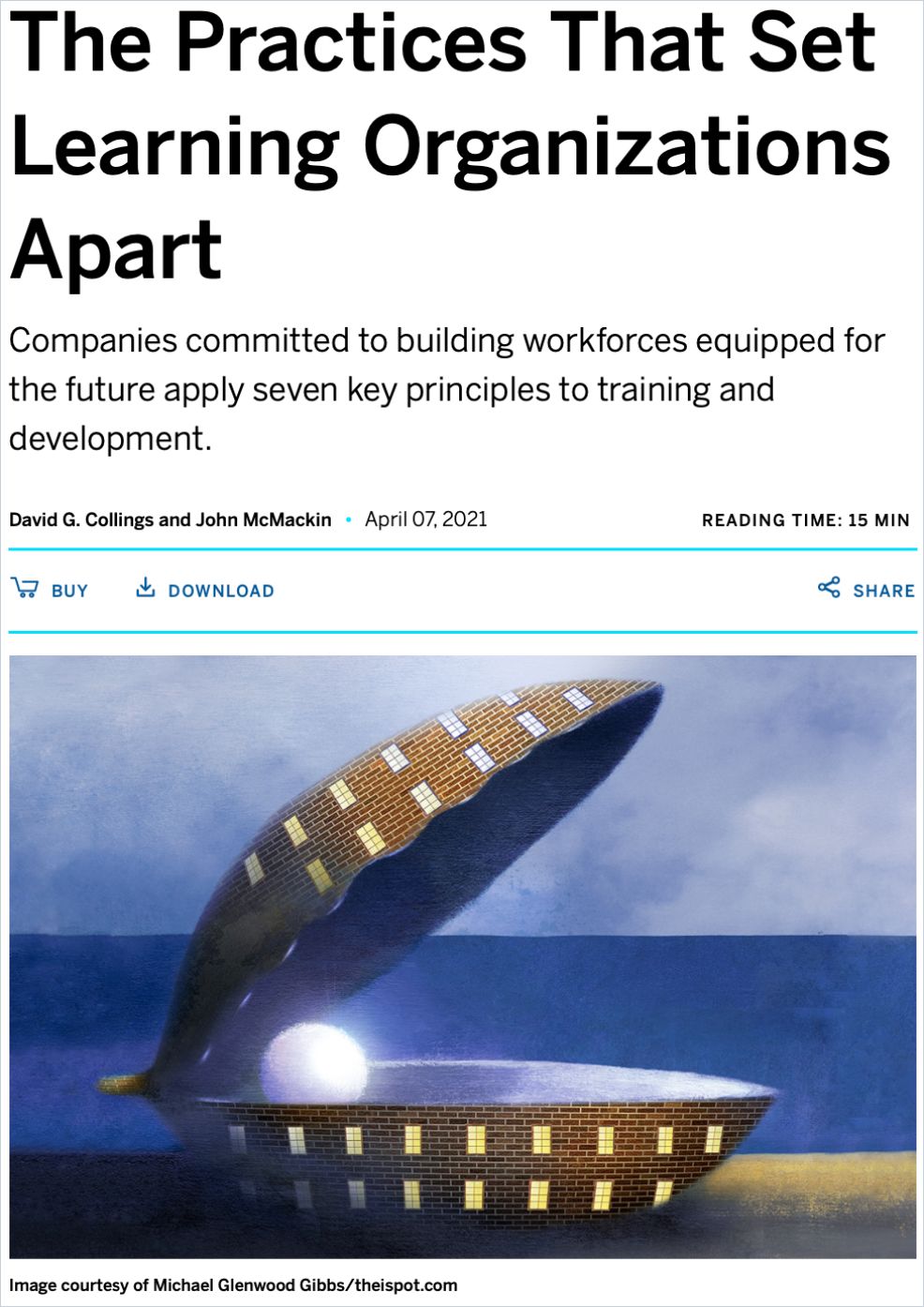
The Practices That Set Learning Organizations Apart
MIT Sloan Management Review Read SummaryEliminate Age-related Bias
Don’t assume older workers aren’t interested in learning new skills. Make training opportunities accessible to everyone and promote them within the company without hinting at particular target groups.
Another common bias when it comes to learning is to equate speed with intelligence. While older employees may initially learn at a slower pace than their younger counterparts, their ability to contextualize new information based on decades of experience can enhance retention and deep understanding.
Leverage the Advantages of Age Diversity
People of different ages and backgrounds have a lot to teach and learn from each other. Consider establishing two-way mentoring programs. While younger employees may help their older colleagues get up to speed on new software, mature employees can impart soft skills, such as leadership and communication, that they have refined over their long careers. Fostering the exchange of knowledge and ideas in a variety of ways is a great way to promote inclusion – and leverage the experience of older employees.


